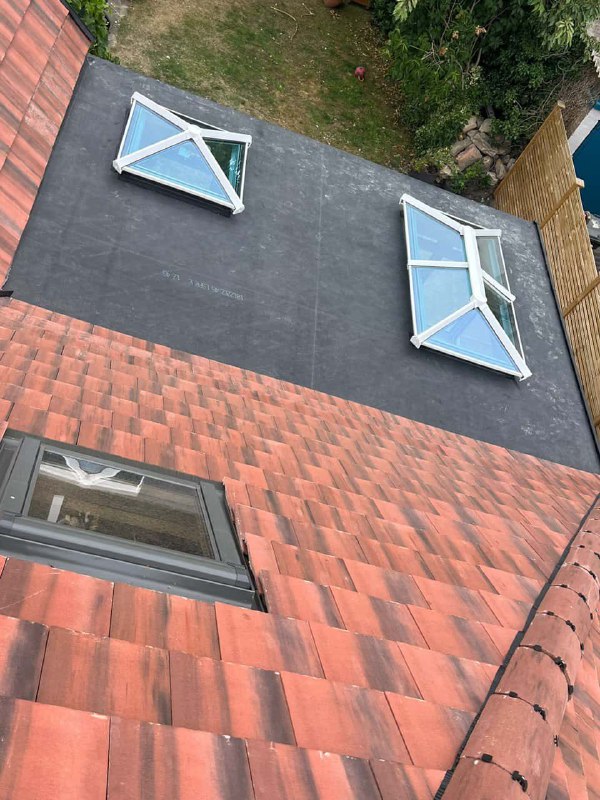Building a Greener Future: Sustainable Practices in Hipped Roof Re-Roofing with Recycled Materials
Introduction: As the importance of sustainability continues to grow, homeowners are increasingly seeking eco-friendly solutions for home improvement projects, including hipped roof re-roofing. At WDF Roofing St Neots, we are committed to reducing our environmental footprint and promoting sustainable practices in every aspect of our work. In this blog post, we’ll explore using recycled materials in hipped roof re-roofing and how they can contribute to a greener future for homeowners and the planet.
1. Reclaimed Roofing Materials
When re-roofing a hipped roof, one sustainable option is to use reclaimed or salvaged roofing materials. Reclaimed materials, such as clay or concrete tiles, slate, or metal roofing panels, are salvaged from old buildings or construction projects and repurposed for new roofing installations. Using reclaimed materials, homeowners can reduce the demand for new raw materials and minimise waste while adding character and charm to their homes.
2. Recycled Content Roofing Materials
Another eco-friendly option for hipped roof re-roofing is choosing roofing materials incorporating recycled content. Many manufacturers now offer roofing products from recycled materials, such as asphalt shingles, rubber roofing, or composite roofing tiles. These materials are manufactured using recycled materials such as plastic, rubber, or reclaimed asphalt, reducing the need for virgin materials and diverting waste from landfills.
3. Recyclable Roofing Materials
In addition to using recycled content materials, homeowners can also opt for recyclable roofing materials at the end of their lifespan. For example, metal roofing panels are highly recyclable and can be melted down and repurposed into new metal products. By choosing recyclable roofing materials, homeowners can contribute to a circular economy where materials are reused and recycled rather than disposed of as waste.
4. Energy-Efficient Roofing Solutions
Incorporating energy-efficient roofing solutions into hipped roof re-roofing projects can contribute to sustainability efforts. Cool roof coatings, for example, are designed to reflect sunlight and reduce heat absorption, resulting in lower energy consumption for cooling purposes. By choosing energy-efficient roofing materials and technologies, homeowners can reduce their carbon footprint and lower their utility bills while improving the comfort and efficiency of their homes.
5. Choose a Sustainable Roofing Contractor
When re-roofing a hipped roof with recycled materials, working with a roofing contractor who shares your commitment to sustainability is essential. Look for contractors who prioritise environmentally friendly practices, such as recycling waste materials, minimising resource consumption, and using eco-friendly installation methods. By choosing a sustainable roofing contractor like WDF Roofing St Neots, homeowners can ensure that their re-roofing project is carried out with the utmost environmental care.
Conclusion: Embracing sustainable practices in hipped roof re-roofing projects is good for the environment and homeowners’ wallets and well-being. Using recycled materials, choosing energy-efficient solutions, and working with sustainable roofing contractors, homeowners can reduce their environmental impact and create a greener, more sustainable future for future generations.
Call us on: 01480 776 292
Click here to find out more about WDF Roofing St Neots
Click here to complete our contact form and see how we can help with your roofing needs.

